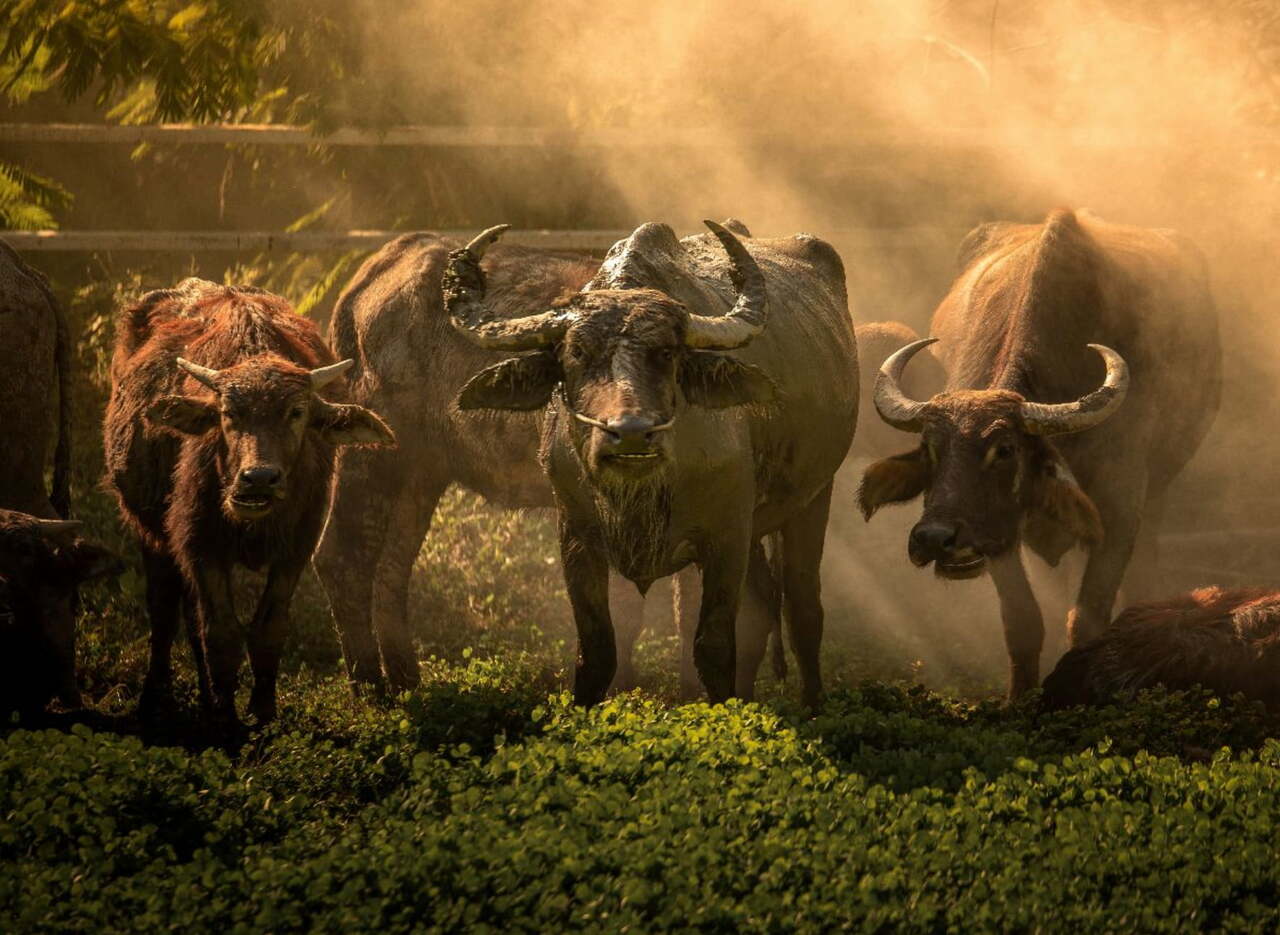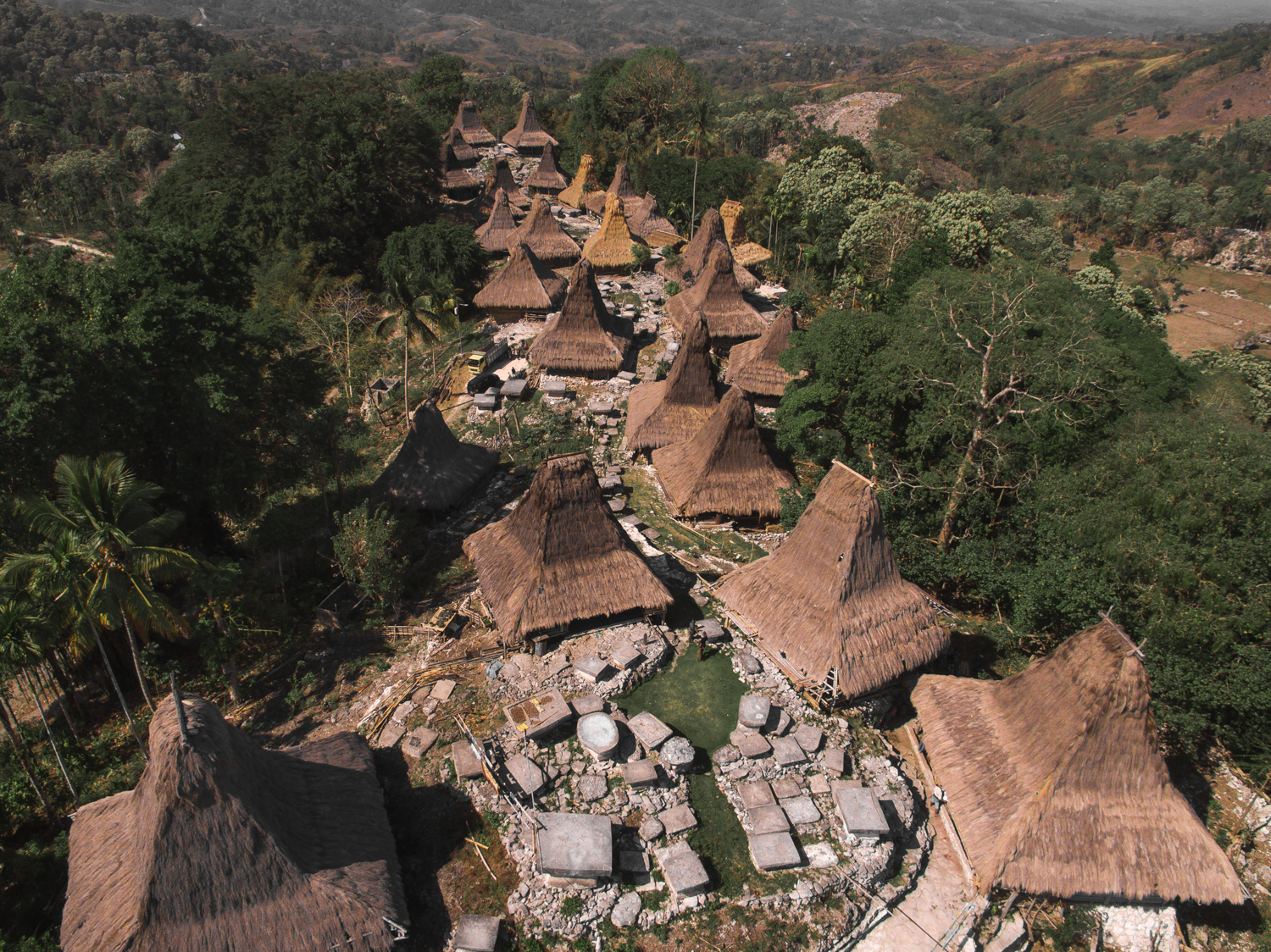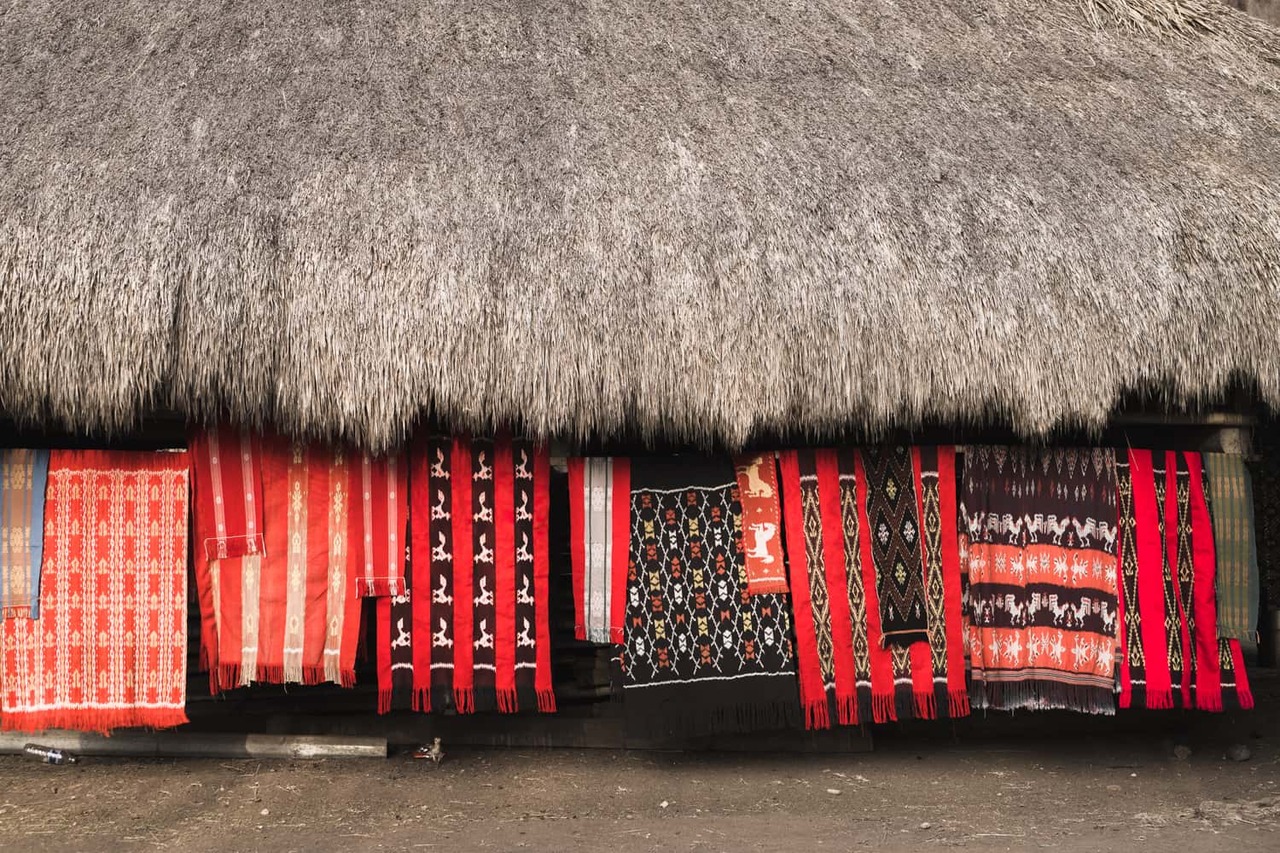The Buffalo horns of Sumba
June 24, 2021
In many parts of the world, it’s the cow that is revered. But on Sumba, it’s all about the buffalo.
Featuring prominently in Sumbanese culture, buffalo are the Island’s major status symbol. Sumba’s people work throughout their lives to own these sacred creatures and care for them fervently. One buffalo can be worth several thousand pounds – or even more if its horns are particularly spectacular – which is a figure equal to perhaps three year’s wages for an average local. And acting as a form of currency in their own right, the animals are traded back and forth cementing ties within villages.
But of course in Sumba, sacred status is also intrinsically linked with death – buffalo sacrifice is central to many Marapu rituals. At great financial cost to families, buffalo are particularly important in funeral rituals where elaborately decorated animals are sacrificed to ensure eternal afterlife for the deceased, honor the ancestors, and safeguard descendants’ futures. In powerful displays of wealth, buffalo are also sacrificed in great numbers by noble families to feed the workers they employ to quarry stone and build the vast tombs for their deceased – up to 350 buffalo can be sacrificed at a time.

The horns of the sacrificed buffalo are then hung at the front of the traditional Sumba houses – but don’t imagine that this is about decoration. In fact, the horns are displayed in order to reveal the number of rituals a family has been part of. The more horns adorning the walls, the higher the status of the family. And as the manifestation of a buffalo’s strength, the horns also convey powerful messages which mark the past achievements of the family and serve to inspire future generations – and thus buffalo horns are seen as “written” messages posted in the absence of writing.

